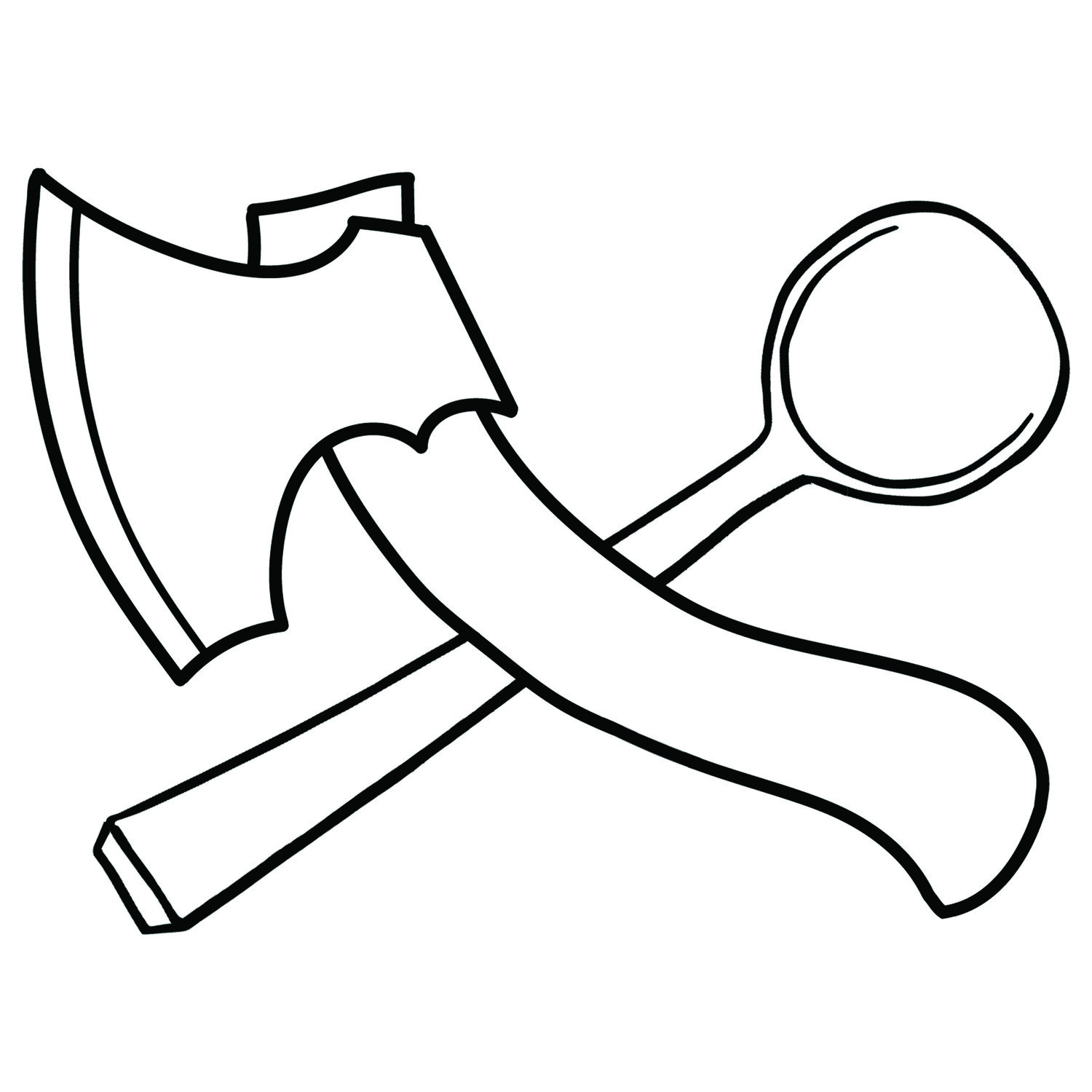Failure and Compromise
"The quality of the result is not predetermined, but depends on the judgement, dexterity and care which the maker exercises as he works."
- David Pye, The Nature and Art of Workmanship
An almost finished bird bowl, sitting atop a log ready to become another bird bowl
Starting the hollowing of the above log
The bird bowl as it was before discovering a (potentially) fatal flaw
For the past week I've been solely focused on carving bird bowls. Having recently taken down an apple tree with a friend, I've got an abundance of crooks. After being taught how to make a simple bird bowl by David Fisher wanted to try more elegant and elaborate forms. The best way to do so is with wood that already has the bird hiding inside it.
I made three bowls I like a lot and yesterday I started a fourth. Above you can see the stage I got it to before starting again on it this morning. I did a little more work on it today and discovered a crack.
As wood dries it shrinks and twists. Some parts shrink faster than others and this creates a lot of tension between the fibres. With enough tension the fibres with tear apart. The cracks that form tend to radiate out from where the centre of the log was.
Maple logs with cracks in the pith
I know this. I also know how to manage it: carve the piece to even thickness, keep it in some sort of bag or container to reduce moisture loss. If it dries slowly and evenly it won't crack. But still sometimes these crack will occur and it's just part of working with a material such as wood. We accept it and move on.
However, this split ran horizontally across the bottom of the bowl. It didn't fit the pattern of a crack that had developed from the piece drying too fast. There's a chance it was already there, some weakness hidden in the wood, but most likely, I put that crack there.
Annoyingly I have no recollection of when it could have occurred. The only way it could have happened was by an off-target hit with the axe. This can send shockwaves through the wood that create a weakness that may not initially show itself, but as I removed more material perhaps I allowed that weakness to open into a crack.
So, somewhere along the line I screwed up. But by now I had several hours invested into this bowl. Should I just discard it and not waste anymore time on what might be a lost cause, or attempt to rescue it? It's difficult question to answer. I took my time, examining the crack and where it went. The crack hadn't gone through the wall of the bowl, but seemed to be contained within the base. Good news.
So I started carving away, chasing the crack further and further into the base, which got thinner and thinner. Eventually I found an end to the crack. But now the base feels very thin. Perhaps too thin. It also changed the shape of the bowl, the original lines and curves no longer fit with the thinner base, the walls of the bowl need adapting to ensure the piece looks graceful. There's a chance the changes mean this bowl will never look as good as it could have.
I'm a little disheartened by the events that unfolded. Up until finding the crack in the wood I was joyous over making new items. The three bird bowls sitting and drying look great. What I was most proud of was that each successive bowl was slightly better than the last. I was learning and improving. But improvements are never linear, and this fourth bowl was a a reminder of that.
The crack, and my response to it opened my eyes to a difficult question - when is it right to compromise and make changes to ensure a final product is made and when is it best to accept failure and just move on?
If you have any thoughts on the matter, I'd love to hear them.




